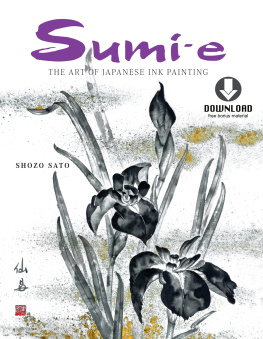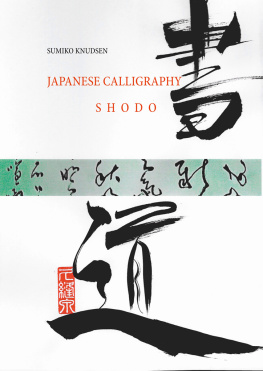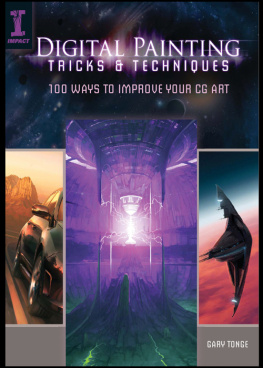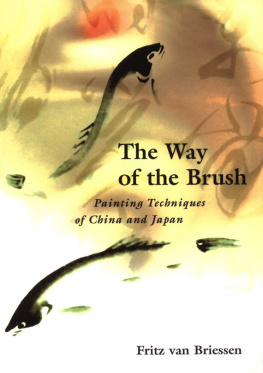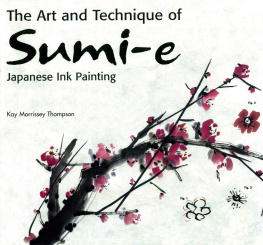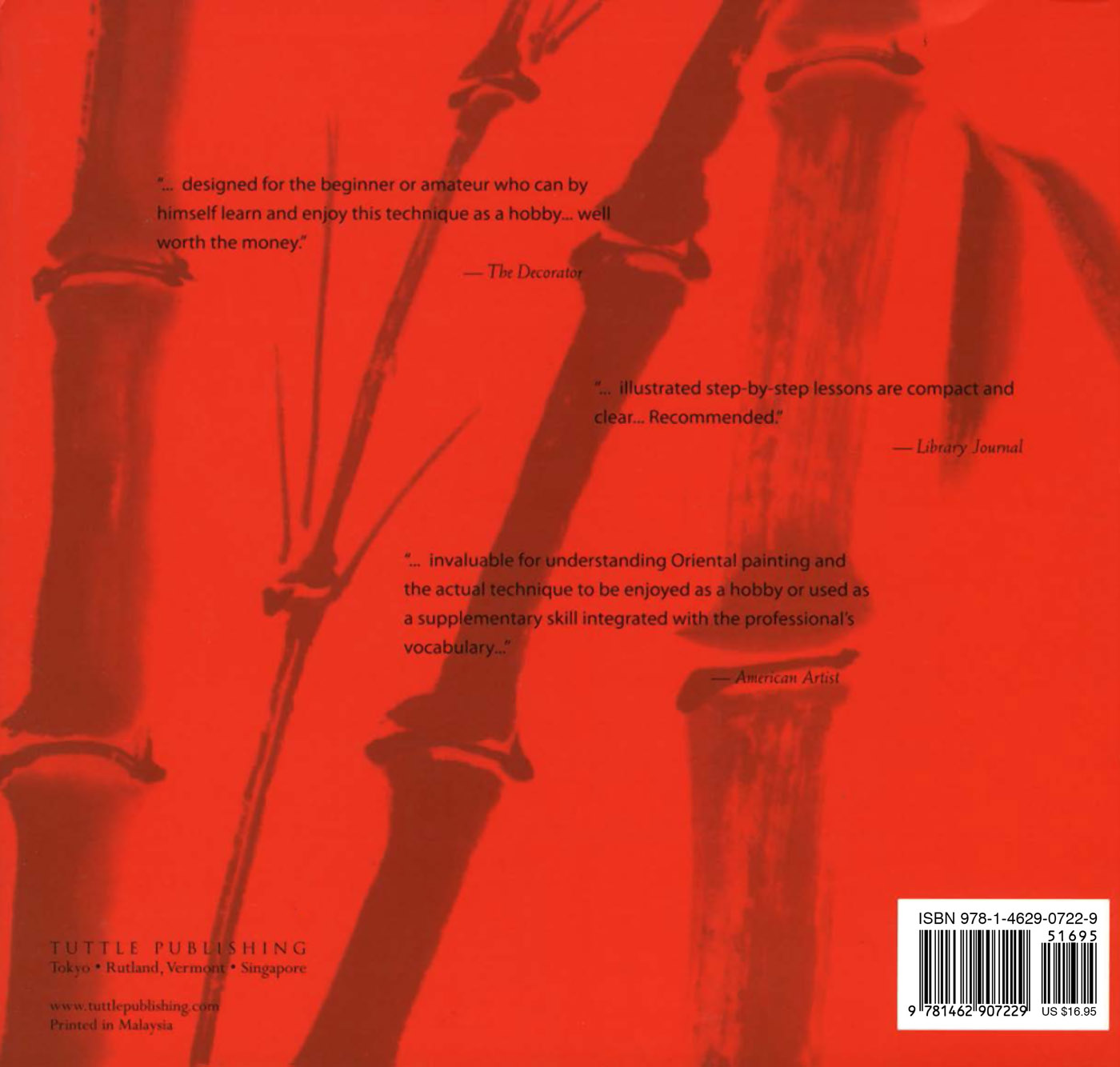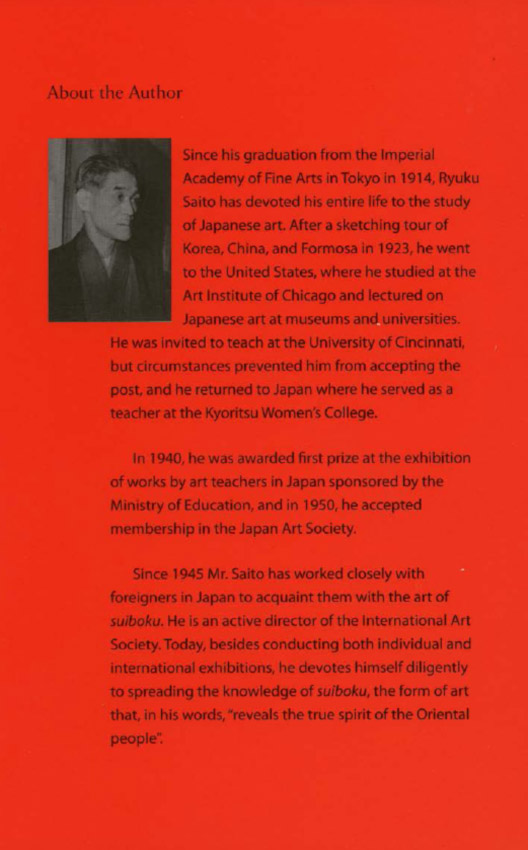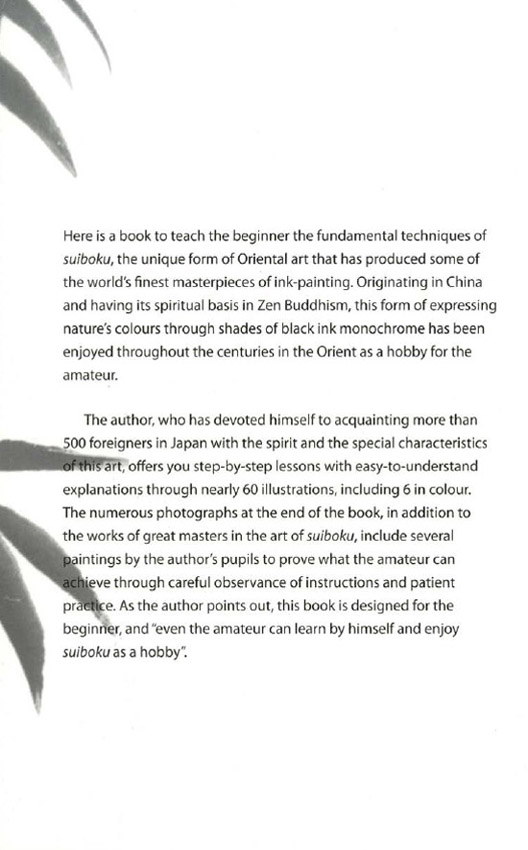Ryukyu Saito - Japanese Ink Painting: Lessons in Suiboku Techniques
Here you can read online Ryukyu Saito - Japanese Ink Painting: Lessons in Suiboku Techniques full text of the book (entire story) in english for free. Download pdf and epub, get meaning, cover and reviews about this ebook. year: 2012, publisher: Tuttle Publishing, genre: Home and family. Description of the work, (preface) as well as reviews are available. Best literature library LitArk.com created for fans of good reading and offers a wide selection of genres:
Romance novel
Science fiction
Adventure
Detective
Science
History
Home and family
Prose
Art
Politics
Computer
Non-fiction
Religion
Business
Children
Humor
Choose a favorite category and find really read worthwhile books. Enjoy immersion in the world of imagination, feel the emotions of the characters or learn something new for yourself, make an fascinating discovery.
- Book:Japanese Ink Painting: Lessons in Suiboku Techniques
- Author:
- Publisher:Tuttle Publishing
- Genre:
- Year:2012
- Rating:5 / 5
- Favourites:Add to favourites
- Your mark:
Japanese Ink Painting: Lessons in Suiboku Techniques: summary, description and annotation
We offer to read an annotation, description, summary or preface (depends on what the author of the book "Japanese Ink Painting: Lessons in Suiboku Techniques" wrote himself). If you haven't found the necessary information about the book — write in the comments, we will try to find it.
Suiboku is considered to be a type of Japanese painting known as sumi-e. It adds water to emphasize the shading of black into gray in one brush-stroke. With origins in China and a spiritual basis in Zen Buddhism, this form of brush paintingexpressing natures colors through shades of black ink monochromehas been enjoyed throughout the centuries in Japan as a hobby for the amateur.
This Japanese painting book offers step-by-step lessons with easy-to-understand explanations through nearly 60 illustrations. The numerous photographs at the end of the book, in addition to the works of great masters in the art of suiboku, include several paintings by the authors pupils to prove what the amateur can achieve through careful observance of instructions and patient practice. As the author points out, this book is designed for the beginner, and even the amateur can learn by himself and enjoy suiboku as a hobby.
Ryukyu Saito: author's other books
Who wrote Japanese Ink Painting: Lessons in Suiboku Techniques? Find out the surname, the name of the author of the book and a list of all author's works by series.





